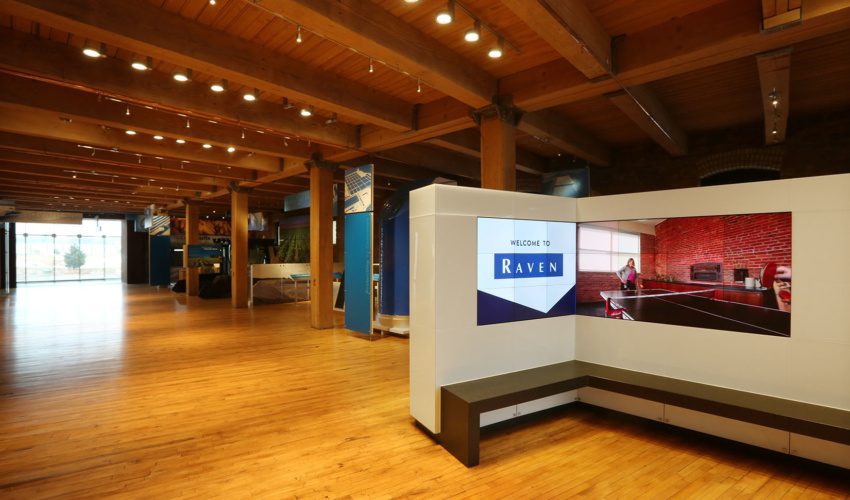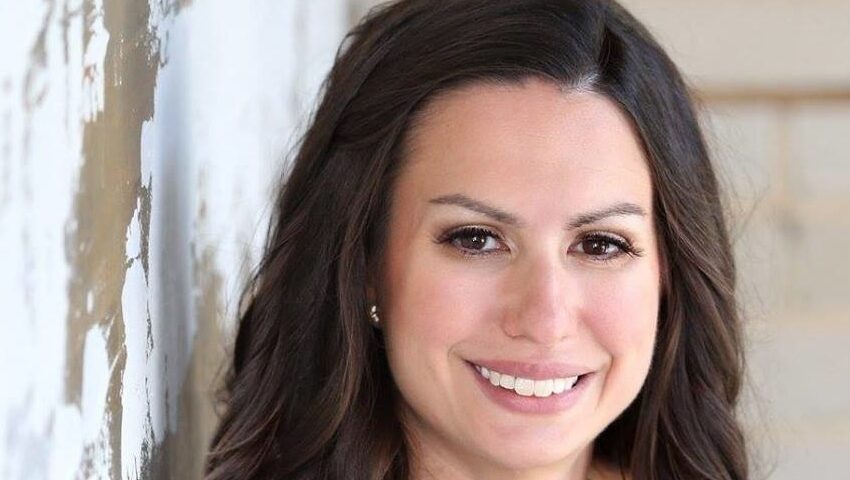Jodi’s Journal: Female CEOs a rare find in Sioux Falls
Oct. 14, 2018
“Just so you know, it’s not often I get to cover the announcement of a new female CEO.”
I said that to Karen Lundquist this week at an event announcing her as the new leader of EmBe.
Her organization was rebranded from the YWCA a number of years ago, and the “em” is a nod to “empowerment” – what they strive to help women and families achieve through a variety of programs.
At times, EmBe also has served as a voice for women in business – hence my comment to Lundquist that, as a female CEO, she is a definite minority here.
But she enters her role at a time when business needs strong female leadership more than ever.
These are challenging, confusing, frustrating times for many women – and I venture to say a fair number of men – navigating the norms of workplace behavior and power structures that sometimes appear to be evolving and then appear to step back a few decades.
I feel like I’m walking a written tightrope even venturing into some of this territory, but it’s too top of mind in business to be ignored despite the likelihood of offending someone along the way.
So now that we’ve established Lundquist is a new CEO in our business community, let’s make a list of the rest of her female counterparts.
Try to stick to organizations that employ 100 people or more.
Go ahead.
I’m waiting.
You go first.
OK, fine, I will.
Well, the first one who came to mind is Stephanie Herseth Sandlin. She’s doing a phenomenal job as president of Augustana University. I realize it’s not a business, but she could be a CEO many places, so let’s count her.
Now, I’m stuck.
OK, so, moving on to smaller operations.
Well, there are terrific female leaders in many of our area marketing firms.
There are too many talented female small-business owners for me to name, from retailers to service providers.
Wait, there’s also Brenda Schmidt, CEO at Kelly Inns. I’m pretty sure they have more than 100 employees. I don’t get to interview her as often as I’d like, but when I do she is always super knowledgeable and engaged in her business.
Well, you probably see my point by now.
For some reason, women are still woefully underrepresented at the top of corporate leadership in this business community.
My hunch is it might have something to do with the fact that our core industries – health care, financial services, agribusiness, manufacturing – are male-dominated fields.
When I mentioned this to Lundquist at EmBe, she had a promising experience to tell me. Her prior role was in leadership for the Amputee Coalition of America. The field of working with amputees also is dominated by men, she said, “and we worked really hard to change that. We kept repeating the message that we should be part of it.”
Today, more than half of new graduates entering that field are female, she said.
I’m hopeful she can help guide businesses toward some similar strategies here.
But here’s the problem in the present. Because we have so few women at the top of our area organizations, I think we risk creating workplace cultures that breed the sort of behavior that birthed the #metoo movement.
I realize there are all sorts of forces at play there, and it’s not the sole responsibility of women to ensure workplaces are free of harassment for other women. But the tone starts at the top, and the more women there are in leadership the less likelihood I think there is for a culture that demeans them to take root.
I also realize there are many ways to cultivate a successful, influential career that don’t include sitting in the CEO’s chair and that some women, just as men, don’t aspire to it.
But even among Fortune 500 companies about 5 percent of CEOs are women, and I feel like we’re tracking behind that here.
To be clear, I will never advocate for a woman to become CEO just because she’s a woman, just like I have never and will never vote for a woman just because she’s a woman.
But I do think there’s a level of talent that might be getting overlooked in our business community.
One CEO, whose organization has a disproportionate amount of female leadership for its industry, acknowledged it to me once.
But he wasn’t complaining, he added, because it has allowed him to capitalize on what others haven’t seen and grow his company with fantastic leaders. I won’t be surprised if one day that business has a female CEO because there are enough women coming up through the executive ranks that it’s a strong possibility.
If this balance is going to change in the community, more leaders have to be open to the idea that their successor might not need to look and act like version 2.0 of them to be the best fit for their organization. Just as markets change and generational dynamics change, the role of the leader must keep changing for organizations to be competitive.
It’s critical for workforce development too. We talk a lot about the need for more skills-based post-secondary education to fill job openings. It’s a true need, but let’s be honest: When we focus on training welders and mechanics and plumbers and electricians, the majority of people learning those skills are men. I have no issue with this, but we can’t overlook the other side of the spectrum.
Women accounted for 53 percent of all U.S. doctoral degrees and 57 percent of all master’s degrees in 2017, according to the Council of Graduate Schools. They represented 58 percent of total graduate school enrollment.
Do you think they are seeking these advanced degrees with no plan to use them for professional advancement? Doubtful.
If you were that woman considering coming to Sioux Falls to work and unable to find even one example of a female leading a major business in this community, what message would that send about your potential for professional advancement?
These are tough questions without easy or immediate answers, but they need to be considered. I think time is going to take care of some of them. I think organizations such as EmBe can certainly help play a part. Their annual women’s leadership program is doing a good job providing professional development and mentoring. Click here to learn more. But ultimately, developing more female leaders needs to be something we collectively prioritize as a business community.
And if I missed a female CEO of a large organization in Sioux Falls, let me know. It means I need to do a better job covering her and her business, and I will. I just think we’d all be better served if that list were longer and easier for me to make.








